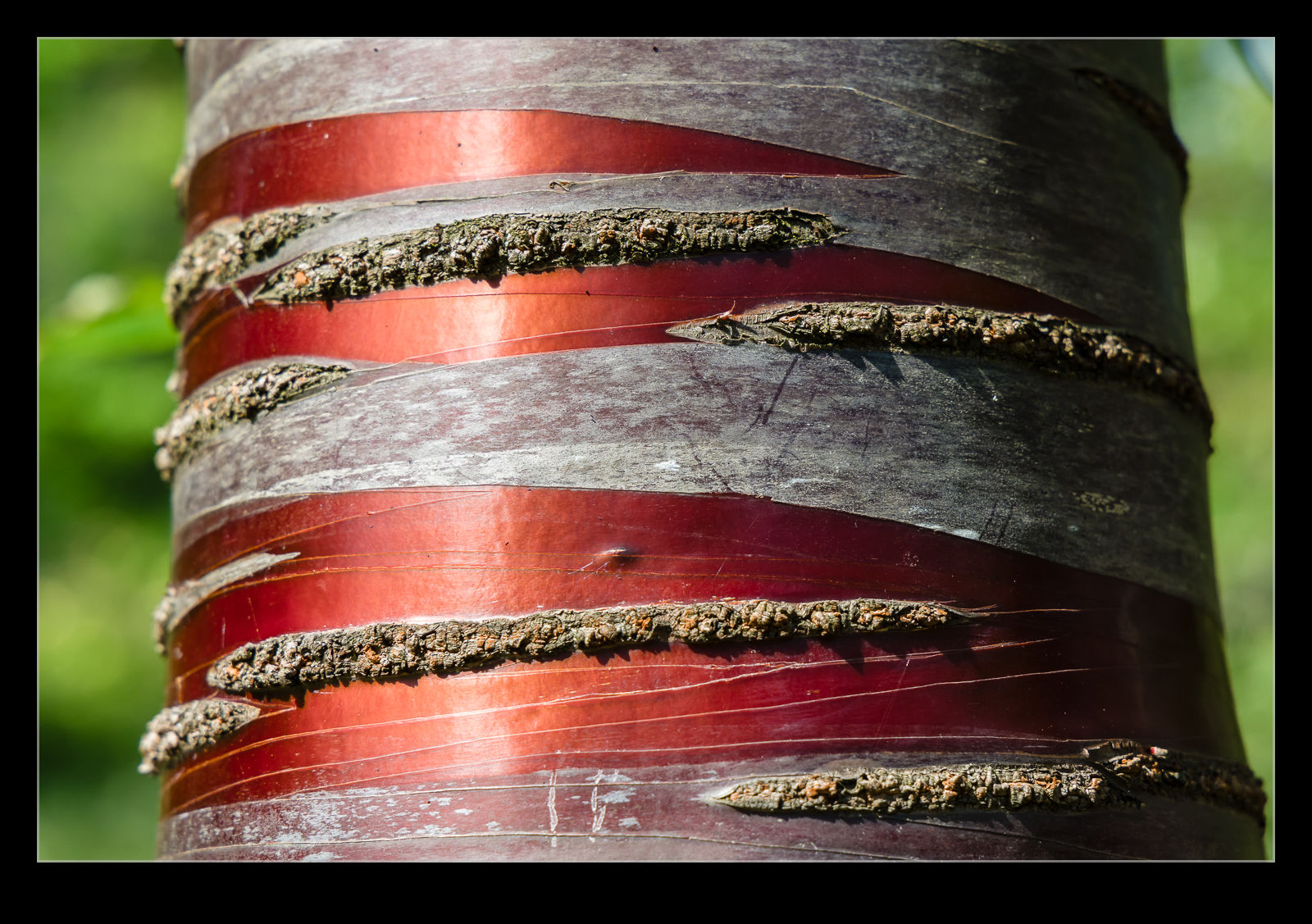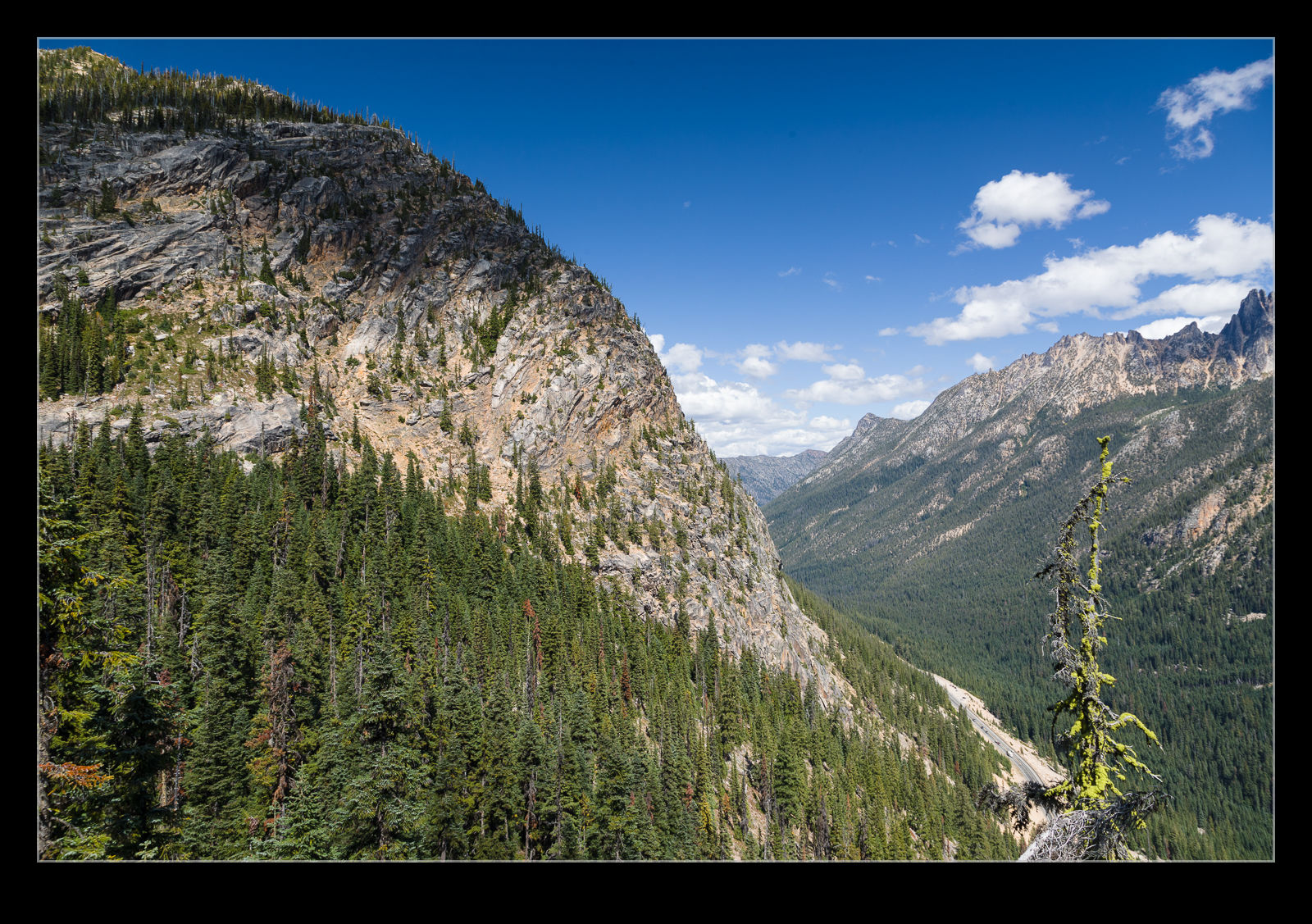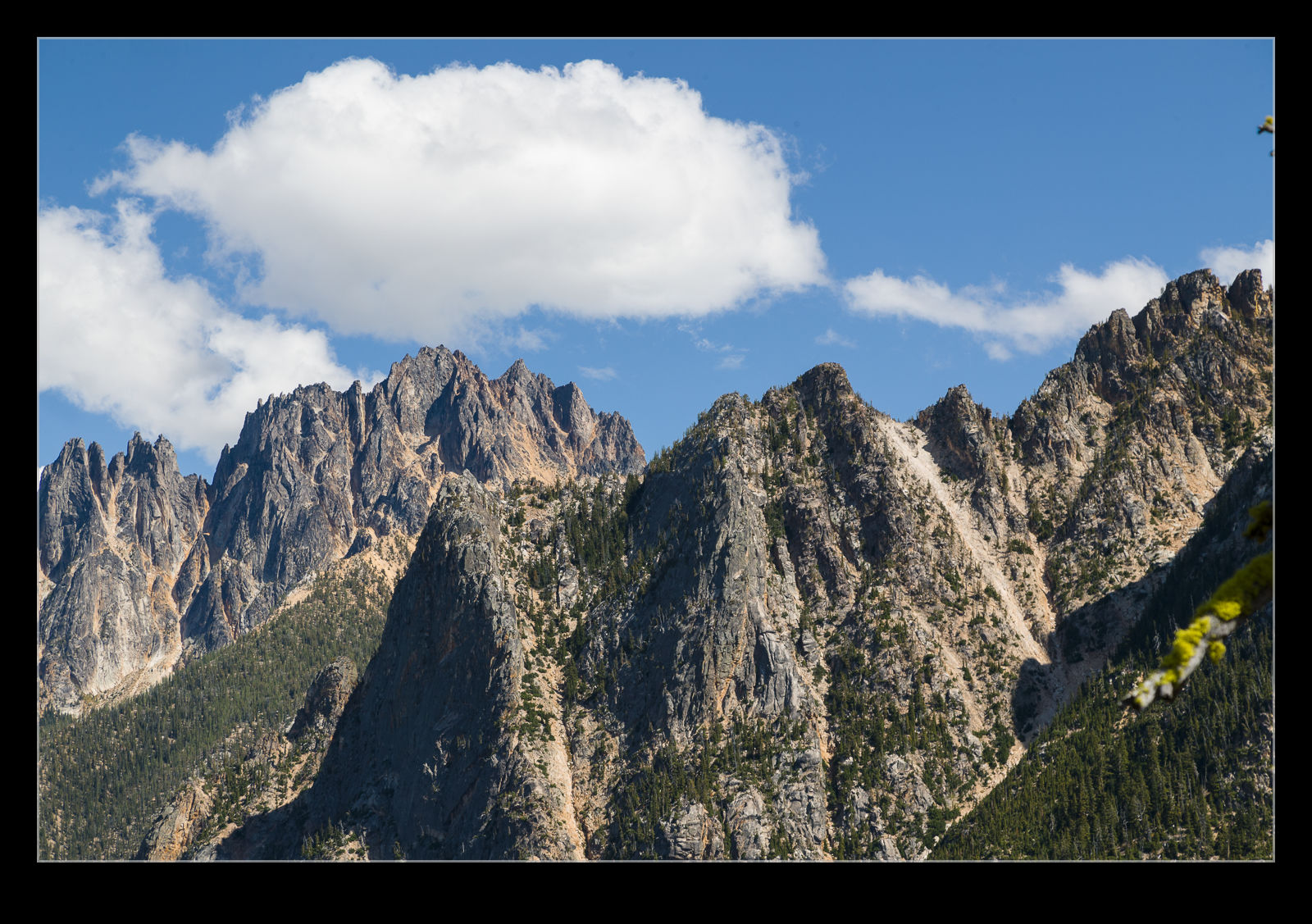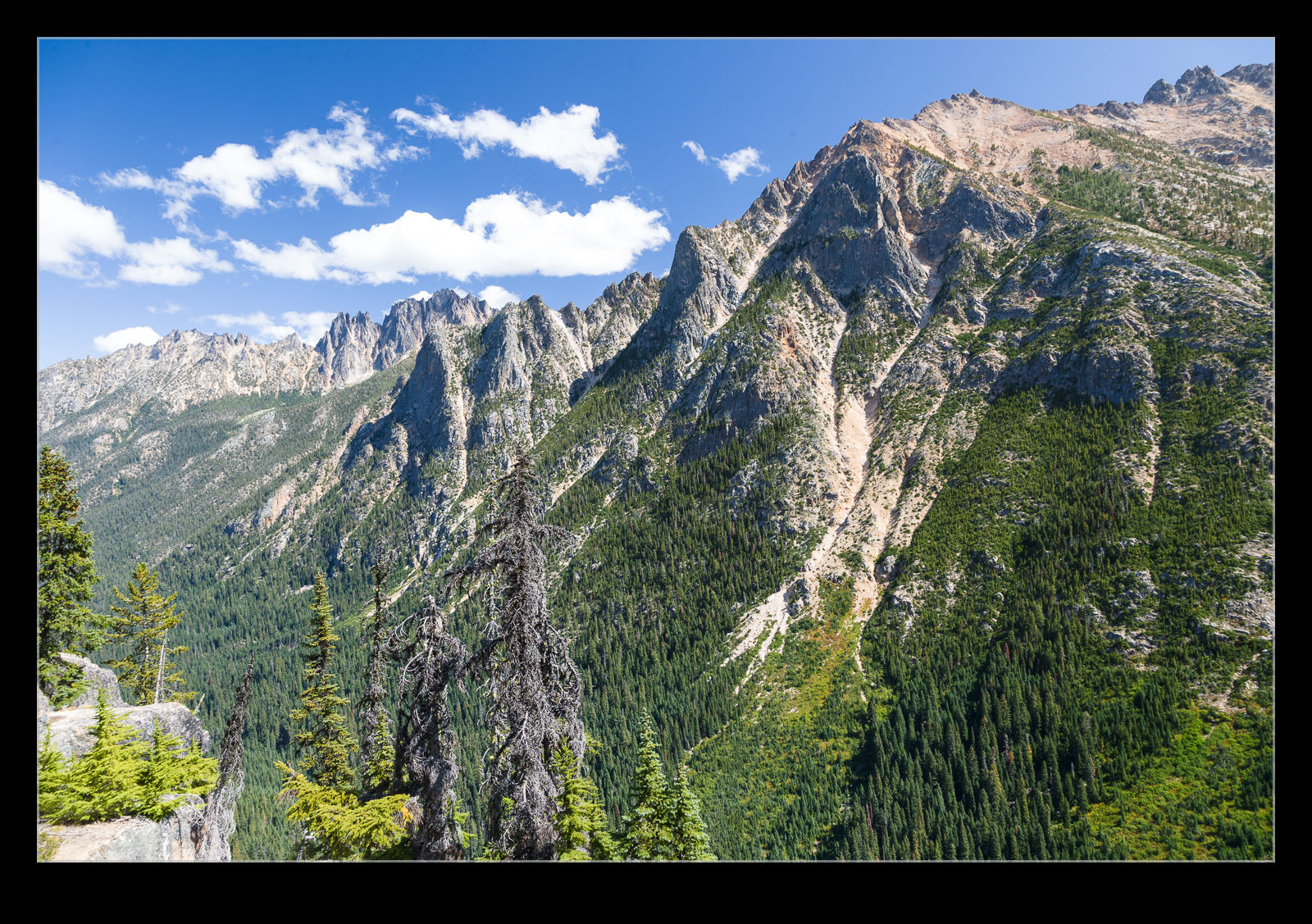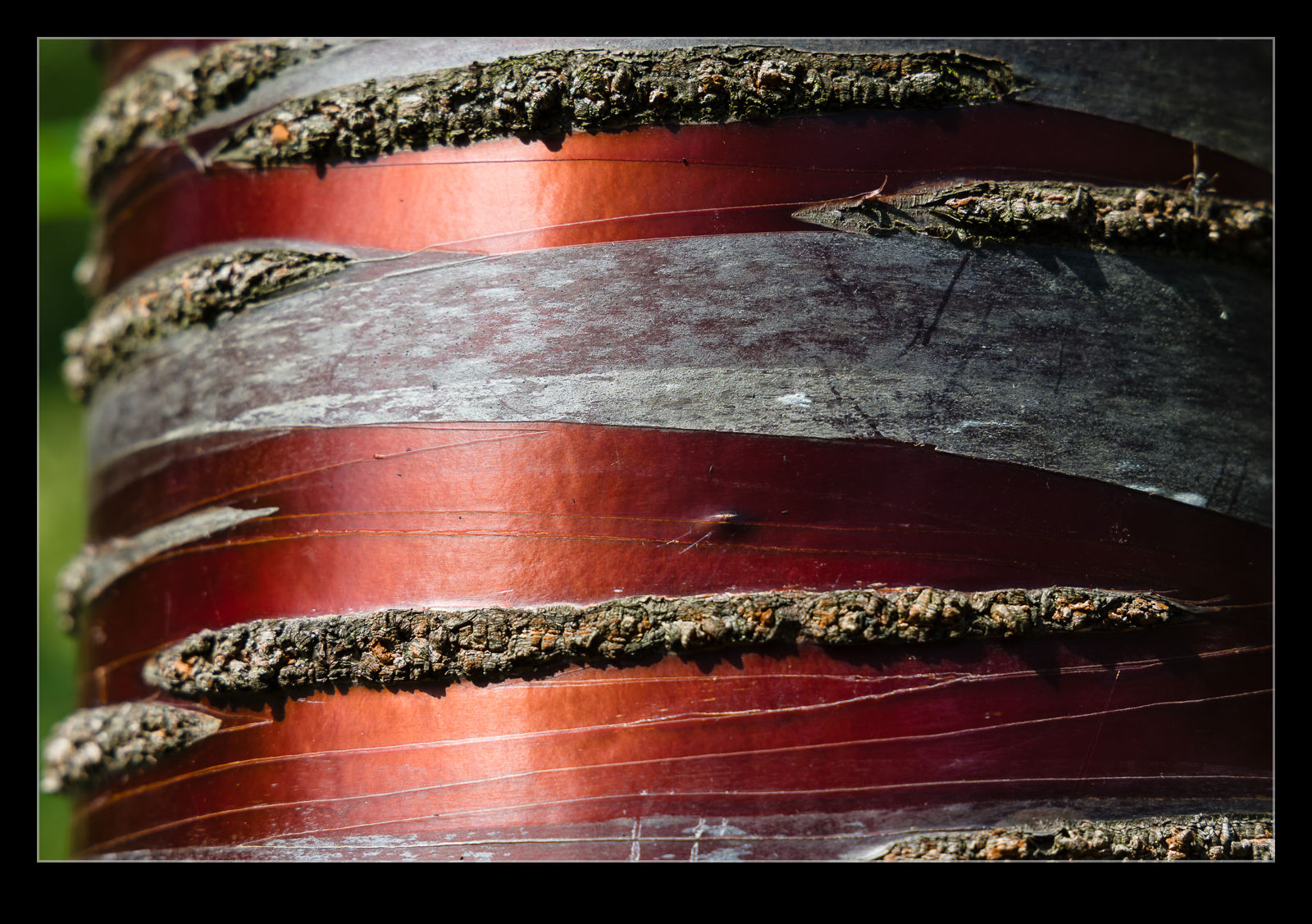 The arboretum in Seattle is unsurprisingly home to many interesting varieties of trees and plants. One tree that caught my eye was (perhaps) a type of willow that had bark that peeled to reveal an intense red coloration beneath. Sometimes these colors don’t seem to show up as well in an image but I fortunately had a polarizer with me and that took out some of the reflection and glare and allowed the color to show up well. Cropping in tighter seemed to make more sense, too.
The arboretum in Seattle is unsurprisingly home to many interesting varieties of trees and plants. One tree that caught my eye was (perhaps) a type of willow that had bark that peeled to reveal an intense red coloration beneath. Sometimes these colors don’t seem to show up as well in an image but I fortunately had a polarizer with me and that took out some of the reflection and glare and allowed the color to show up well. Cropping in tighter seemed to make more sense, too.
Tag Archives: polarizer
Mistake with a Polarizer
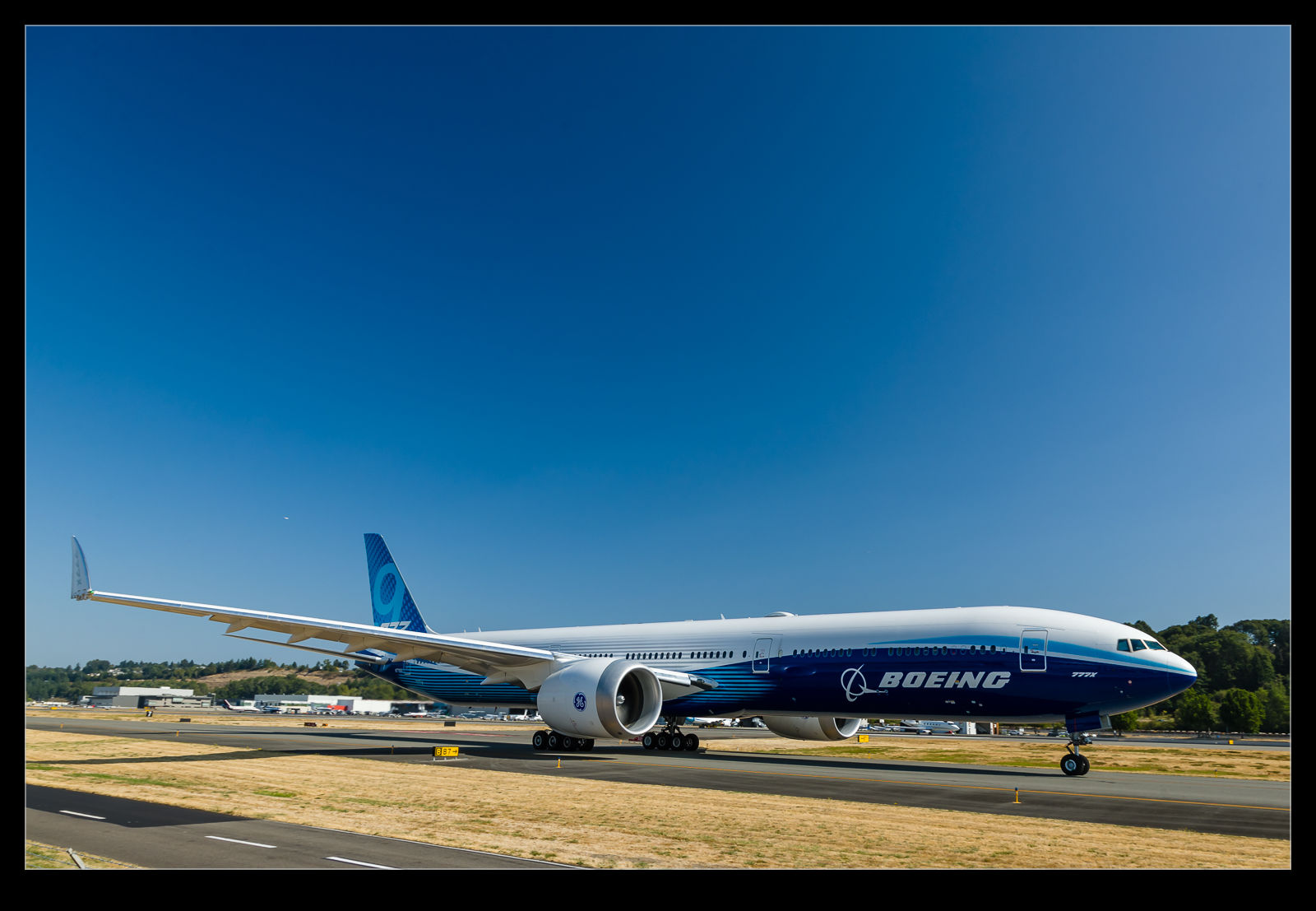 I have been using the polarizer a lot during the summer with my photos. The high sun provides harsh lighting and a lot of contrast and I have been using the filter to cut down the light and to try and reduce glare from white aircraft fuselages. It has mainly been used on my longer lens also helping to get shutter speed down to provide some motion blur in backgrounds. However, I did put it on a wider lens when some planes were taxiing past me.
I have been using the polarizer a lot during the summer with my photos. The high sun provides harsh lighting and a lot of contrast and I have been using the filter to cut down the light and to try and reduce glare from white aircraft fuselages. It has mainly been used on my longer lens also helping to get shutter speed down to provide some motion blur in backgrounds. However, I did put it on a wider lens when some planes were taxiing past me.
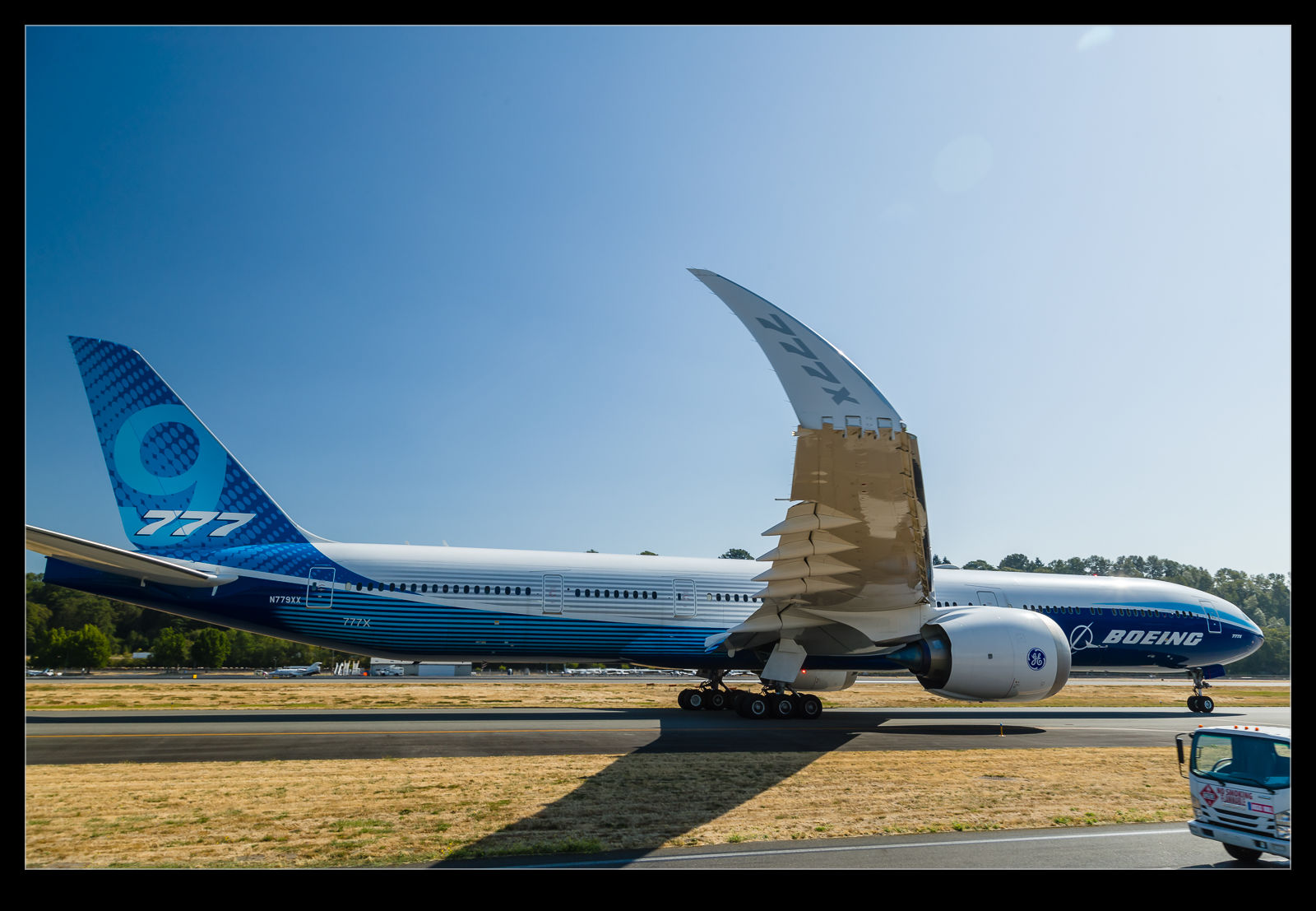 This proved to be a mistake. It did take out some of the glare and make things a little more balanced from a contrast perspective but, when used on a wide angle lens, it did result in some unintended effects in the skies. The polarizer effect is quite varied depending on your angle relative to the sun and this results in quite a dark sky in one part of the shot and a brighter sky in the other. The result is an odd effect which distracts from the plane itself. Consequently, I have avoided using this filter for these shots more recently.
This proved to be a mistake. It did take out some of the glare and make things a little more balanced from a contrast perspective but, when used on a wide angle lens, it did result in some unintended effects in the skies. The polarizer effect is quite varied depending on your angle relative to the sun and this results in quite a dark sky in one part of the shot and a brighter sky in the other. The result is an odd effect which distracts from the plane itself. Consequently, I have avoided using this filter for these shots more recently.
Polarizing the Overfliers
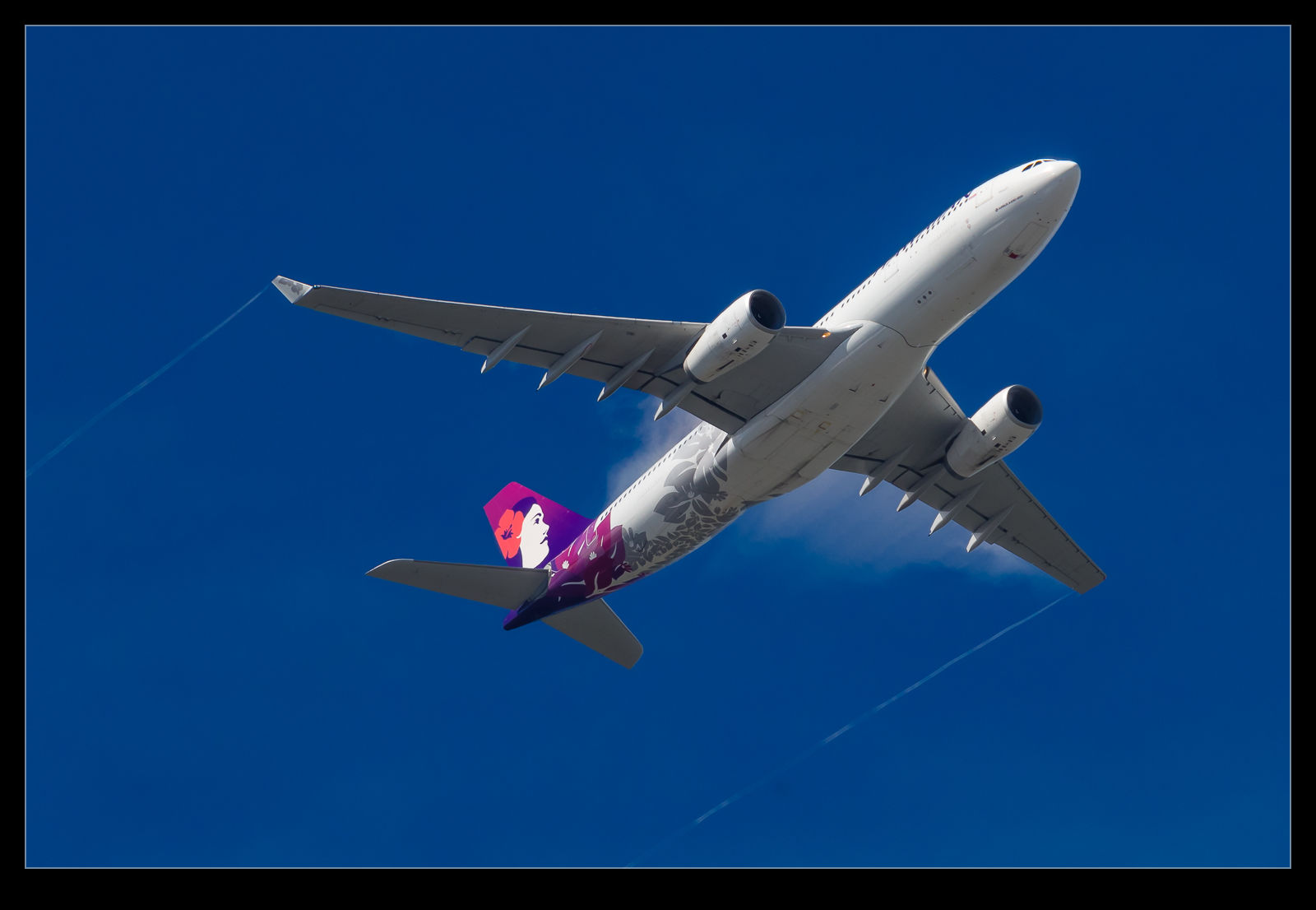 I was in a location where a couple of the departures from SEA were overflying me. I happened to have the camera to hand (of course I did) and I had the polarizer on there at the time. I had an Alaska Airlines 737 (what a shock from SEA) and a Hawaiian Airlines A330. I grabbed a few shots. The thing I like about the polarizer is cutting down on the glare from the white fuselages but they were still pretty bright. The rest of the sky was darkened considerably and, when editing to address the white fuselages, even more dark. I quite like the deep and moody look it gives to the shots with very little editing involved. Both jets pulled some vapor as they came through the same area so clearly there was extra moisture in that one spot. Maybe it was a thermal?
I was in a location where a couple of the departures from SEA were overflying me. I happened to have the camera to hand (of course I did) and I had the polarizer on there at the time. I had an Alaska Airlines 737 (what a shock from SEA) and a Hawaiian Airlines A330. I grabbed a few shots. The thing I like about the polarizer is cutting down on the glare from the white fuselages but they were still pretty bright. The rest of the sky was darkened considerably and, when editing to address the white fuselages, even more dark. I quite like the deep and moody look it gives to the shots with very little editing involved. Both jets pulled some vapor as they came through the same area so clearly there was extra moisture in that one spot. Maybe it was a thermal?
Shooting Slower Landing Shots
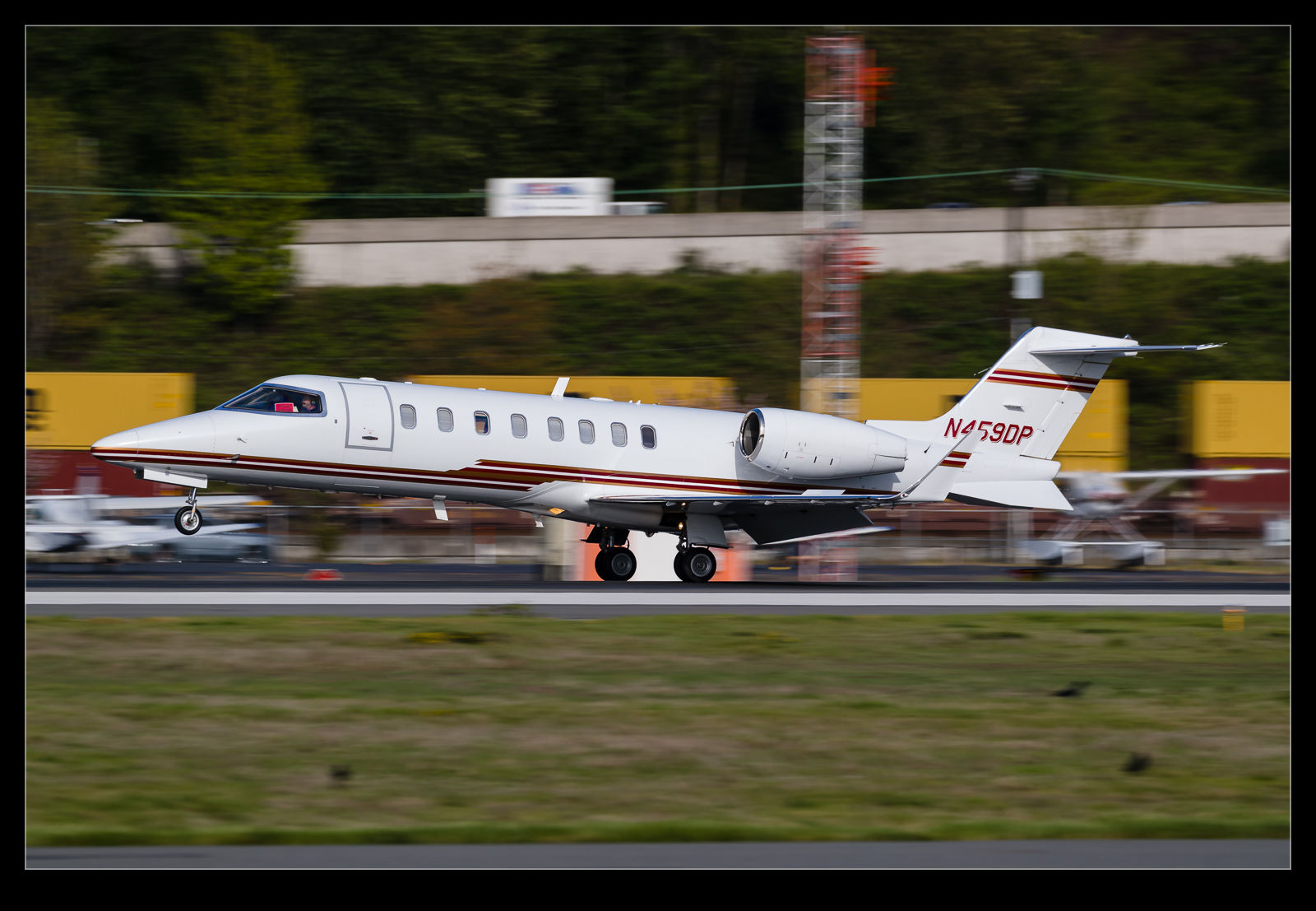 One evening, I was shooting at Boeing Field. The light was lower in the sky but it was still pretty bright. The thing with corporate jets is that they are often predominantly white and the brightness of the jet with a darker background can make for more contrast than a camera sensor can adequately deal with. You can sort out things in post but it is often too bright. I figured I wanted to try and reduce the glare on the jet and that the polarizer was a good way to do it.
One evening, I was shooting at Boeing Field. The light was lower in the sky but it was still pretty bright. The thing with corporate jets is that they are often predominantly white and the brightness of the jet with a darker background can make for more contrast than a camera sensor can adequately deal with. You can sort out things in post but it is often too bright. I figured I wanted to try and reduce the glare on the jet and that the polarizer was a good way to do it.
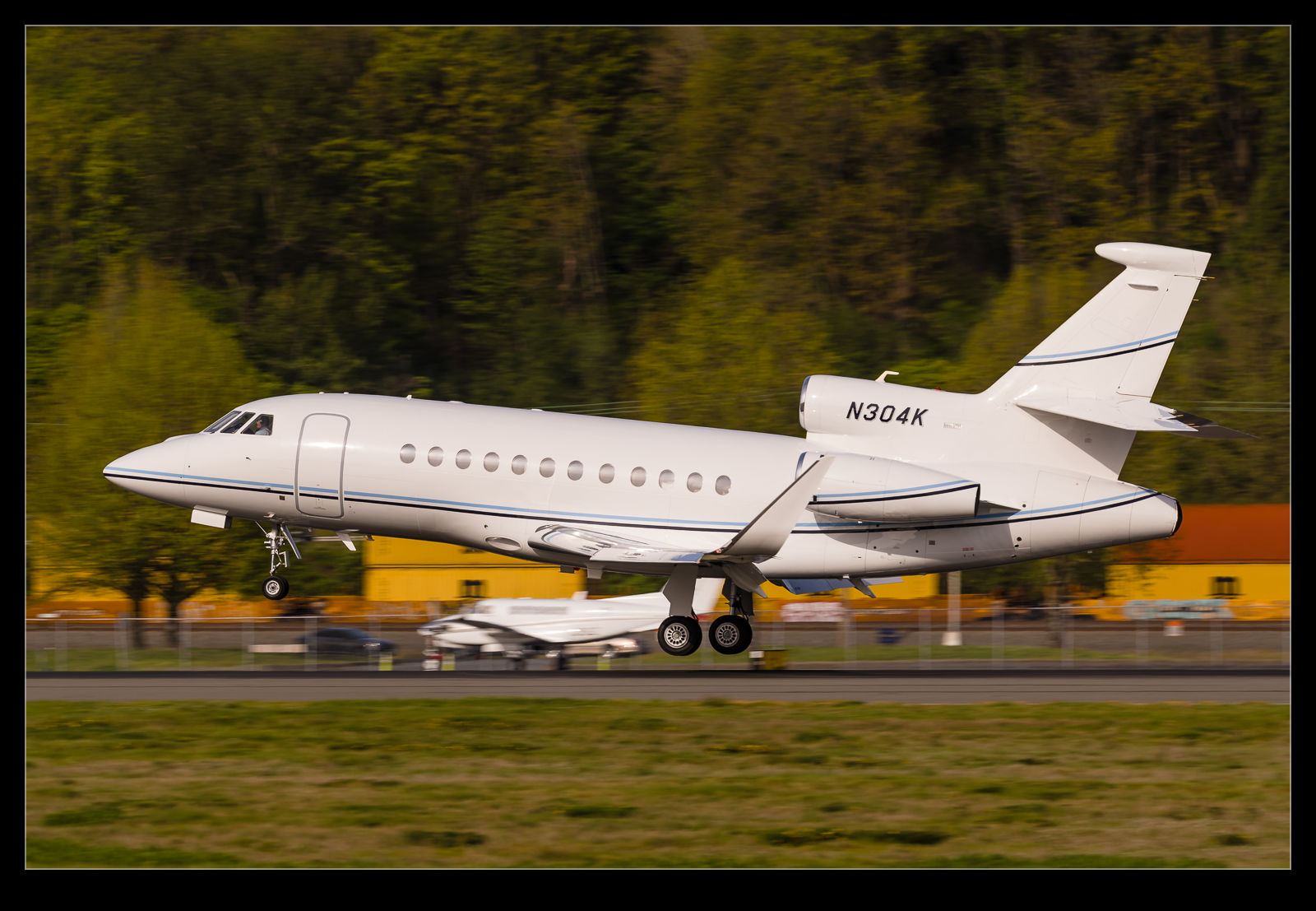 This has a second outcome. Taking out that might light allows the use of slower shutter speeds without having ridiculously small apertures – a sure fire way to find every bit of dust on the sensor. Since I was shooting bizjets at Boeing Field, things weren’t terribly special so I was happy to play around with going down to lower shutter speeds. A boring side on landing shot is a bit more interesting when the background is blurred and the sense of motion is enhanced. I need to practice this a bit to use it more often since it makes for a more interesting shot which I want to be able to use on something a bit more special. Definitely need to lower the shutter speed further.
This has a second outcome. Taking out that might light allows the use of slower shutter speeds without having ridiculously small apertures – a sure fire way to find every bit of dust on the sensor. Since I was shooting bizjets at Boeing Field, things weren’t terribly special so I was happy to play around with going down to lower shutter speeds. A boring side on landing shot is a bit more interesting when the background is blurred and the sense of motion is enhanced. I need to practice this a bit to use it more often since it makes for a more interesting shot which I want to be able to use on something a bit more special. Definitely need to lower the shutter speed further.
Should You Use a Polarizer When High Up?
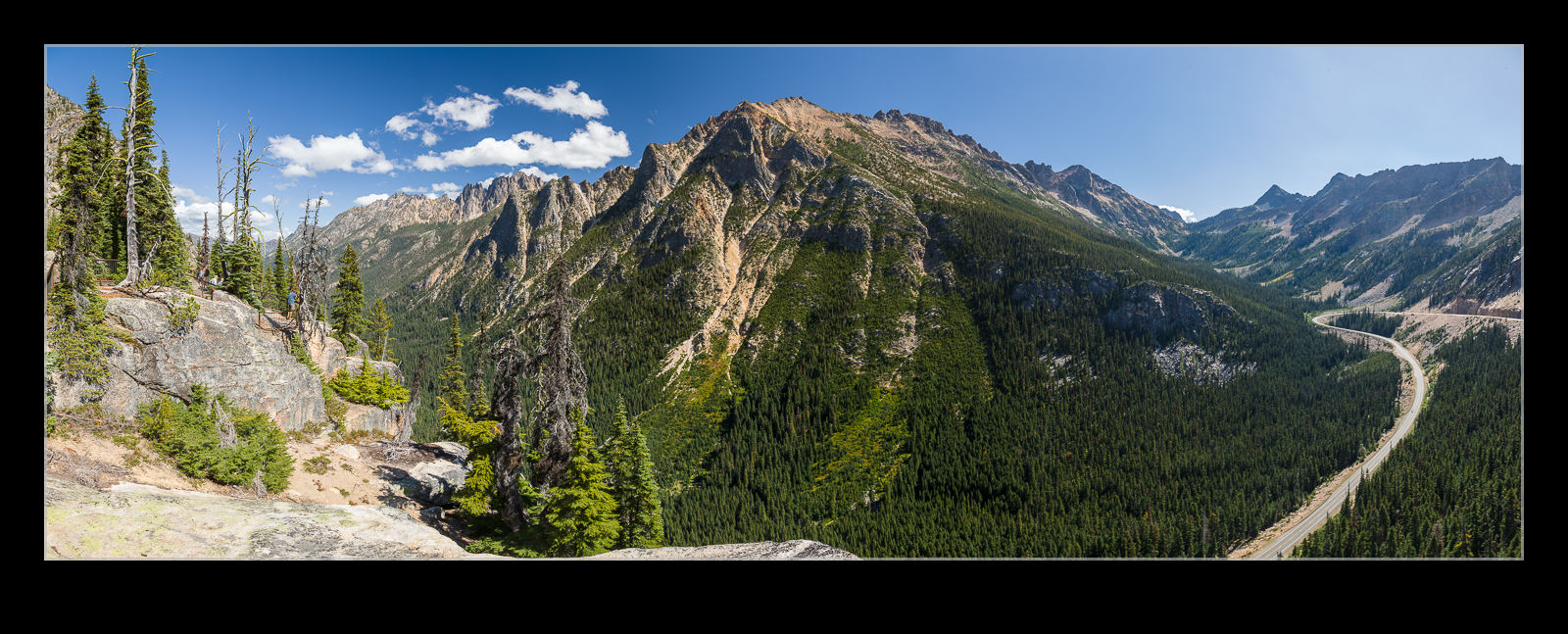 When listening to photographers discussing equipment and technique, I have heard several times that polarizing filters should not be used when you are high up. As you get higher, the skies get clearer and deeper blue and the idea is that the polarizer becomes too much. I was pondering this when we were up in the Washington Pass along the North Cascades Highway. We aren’t very high at this point but still a decent elevation. I thought about taking the polarizer off but I felt like it really improved the colors and vibrancy of the images. Maybe we weren’t high enough for it to matter or maybe some of you will look at these shots and think it is too much. I’m genuinely interested to hear what you think.
When listening to photographers discussing equipment and technique, I have heard several times that polarizing filters should not be used when you are high up. As you get higher, the skies get clearer and deeper blue and the idea is that the polarizer becomes too much. I was pondering this when we were up in the Washington Pass along the North Cascades Highway. We aren’t very high at this point but still a decent elevation. I thought about taking the polarizer off but I felt like it really improved the colors and vibrancy of the images. Maybe we weren’t high enough for it to matter or maybe some of you will look at these shots and think it is too much. I’m genuinely interested to hear what you think.
Polarizer Effect on the Water
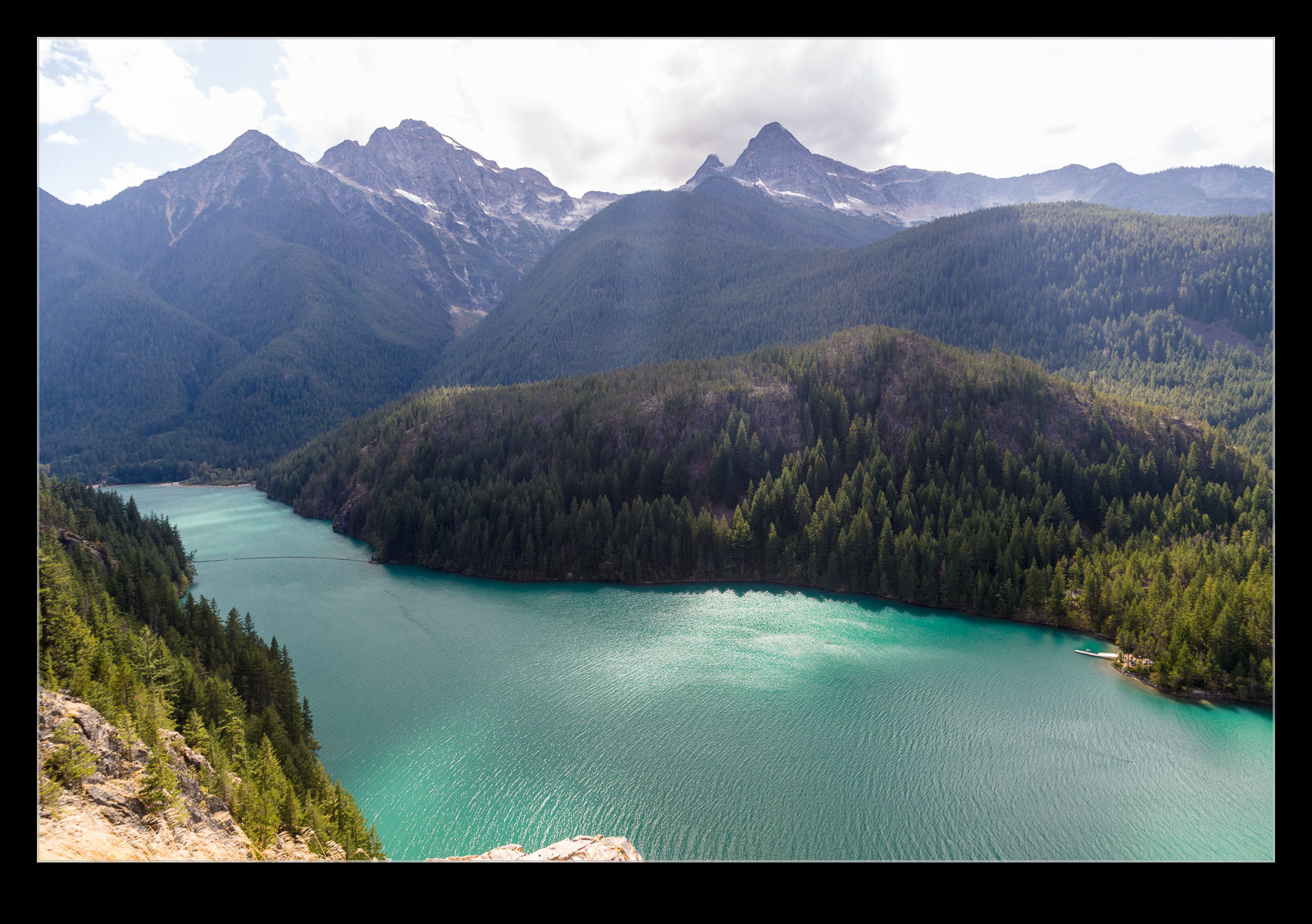
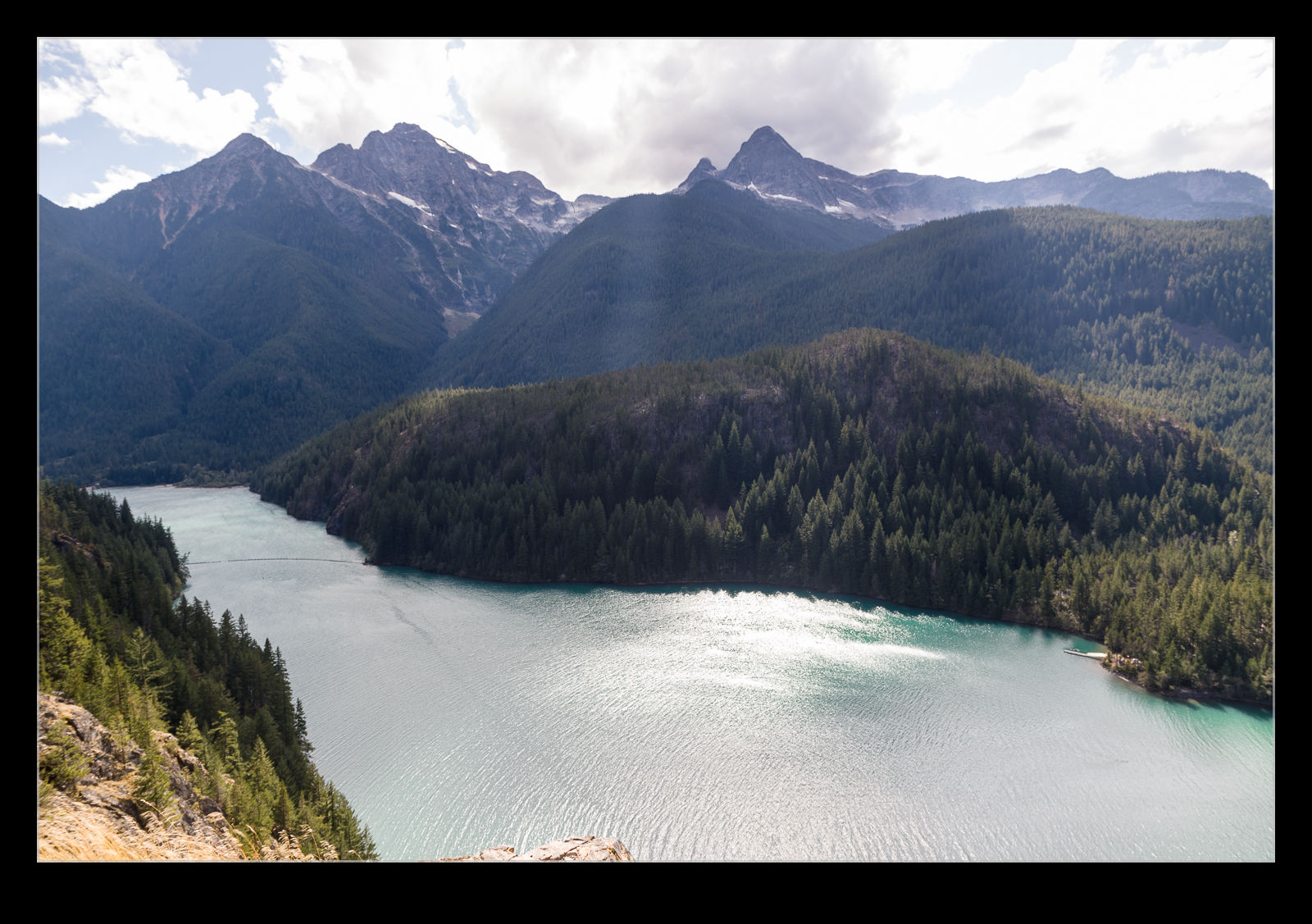 If I remember – which I frequently don’t – I take my polarizer with me when I am going to photographing scenery. With our trip up into the Cascades, we went to the overlook of Diablo Lake and the sun was reflecting off the surface of the lake waters. I took two shots – one with the polarizer rotated to remove the glare and one with the glare in full effect. I was interested to see which of the shots I preferred when I got home. The color of the lake is very nice but sometimes the reflections are more interesting. I include both here to show just how much of a difference the polarizer makes and for you to decide which is to your taste.
If I remember – which I frequently don’t – I take my polarizer with me when I am going to photographing scenery. With our trip up into the Cascades, we went to the overlook of Diablo Lake and the sun was reflecting off the surface of the lake waters. I took two shots – one with the polarizer rotated to remove the glare and one with the glare in full effect. I was interested to see which of the shots I preferred when I got home. The color of the lake is very nice but sometimes the reflections are more interesting. I include both here to show just how much of a difference the polarizer makes and for you to decide which is to your taste.
Polarizer Comparison
When I changed bodies, I had to update some of my accessories too. My old filter system was fine on a cropped body but with full frame, the filter holder encroached on the corners for the wide angle lenses. I took the opportunity to change my polarizer set up. I used to use a polarizer on my Cokin holder. This was a bit inconvenient when I was using lens hoods. Instead, I decided to get a screw in polarizer. Since most of my lenses have the same filter size, this gives me more flexibility.
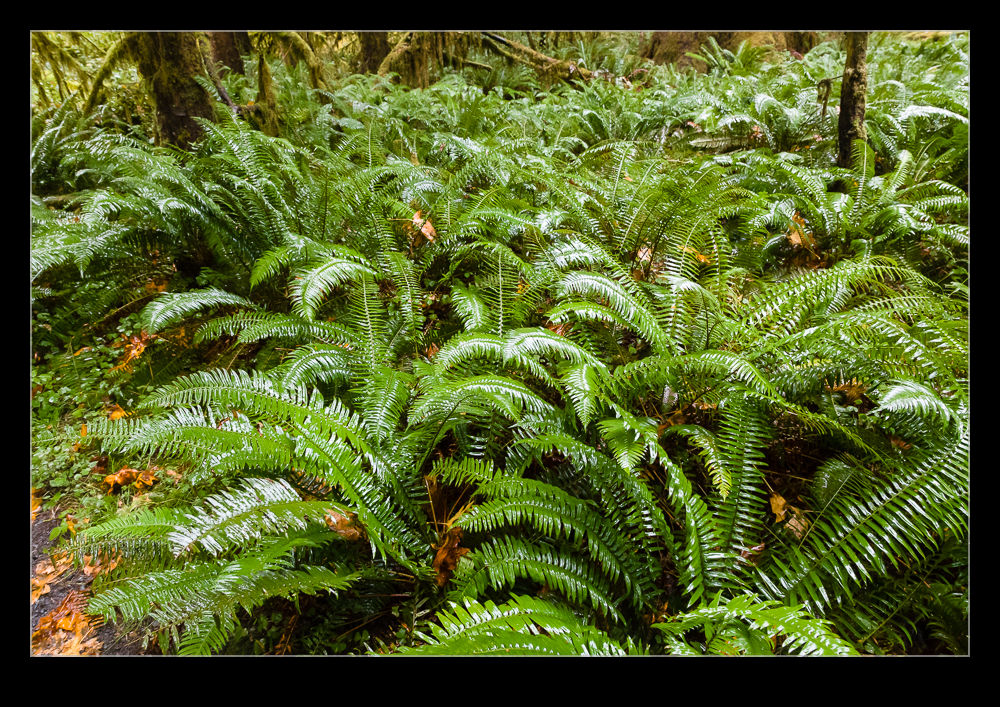
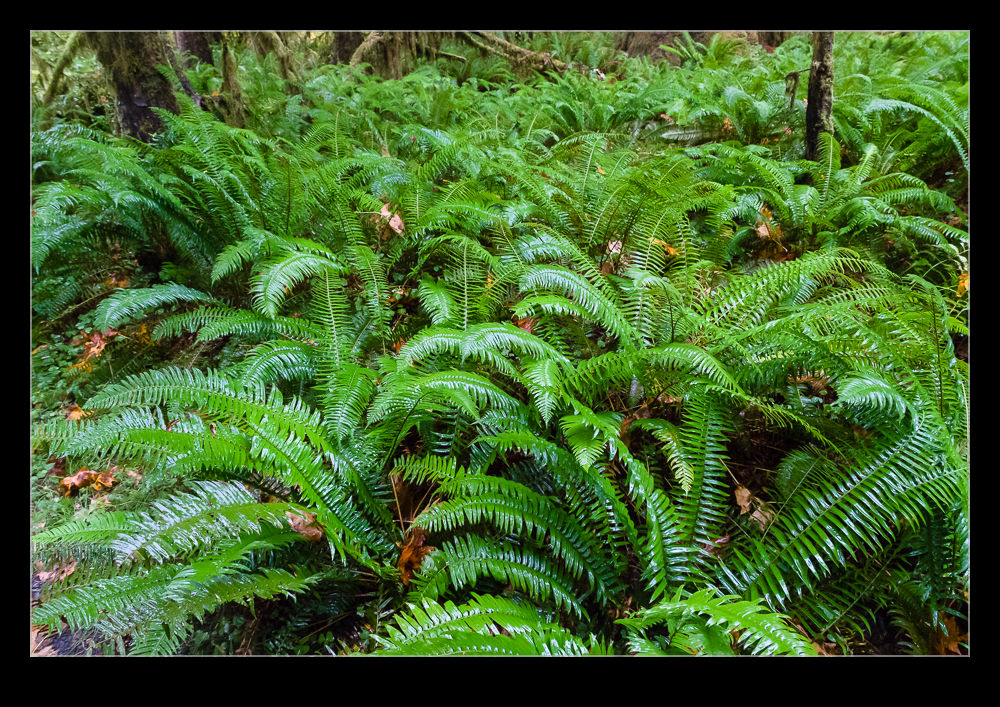 I took the polarizer with me on vacation. One place where I made good use of it was in the rain forest. While it was pretty dark in the heavy forest cover, there was moisture everywhere and this meant a lot of reflections and glare. Consequently, I went with the polarizer most of the time. While I was there, though, I decided to do some experimentation by repeating some shots without the polarizer to see how much of a difference it made. You can see the with and without shots here and judge for yourself what a difference it makes.
I took the polarizer with me on vacation. One place where I made good use of it was in the rain forest. While it was pretty dark in the heavy forest cover, there was moisture everywhere and this meant a lot of reflections and glare. Consequently, I went with the polarizer most of the time. While I was there, though, I decided to do some experimentation by repeating some shots without the polarizer to see how much of a difference it made. You can see the with and without shots here and judge for yourself what a difference it makes.
